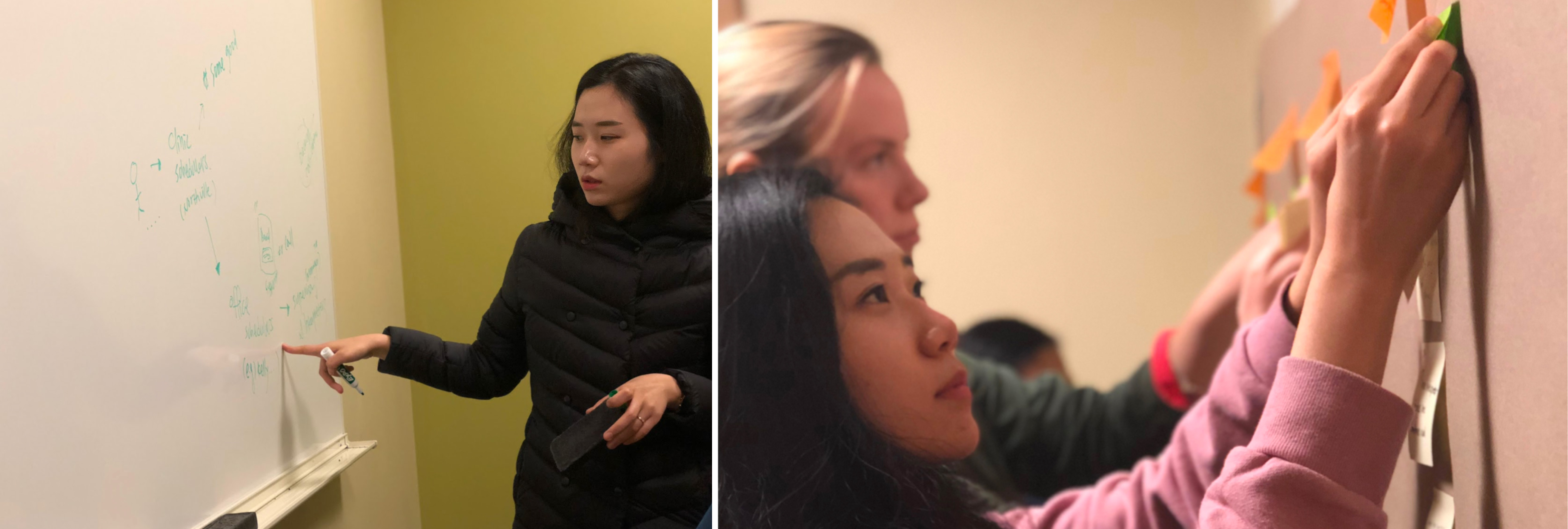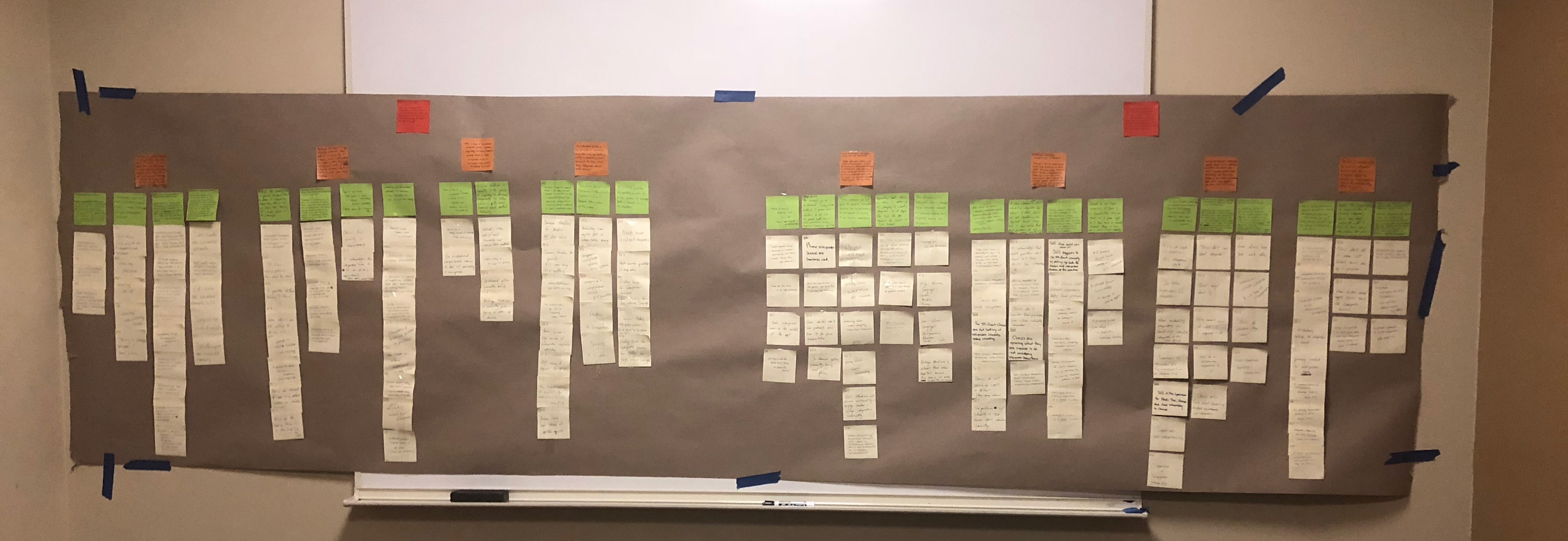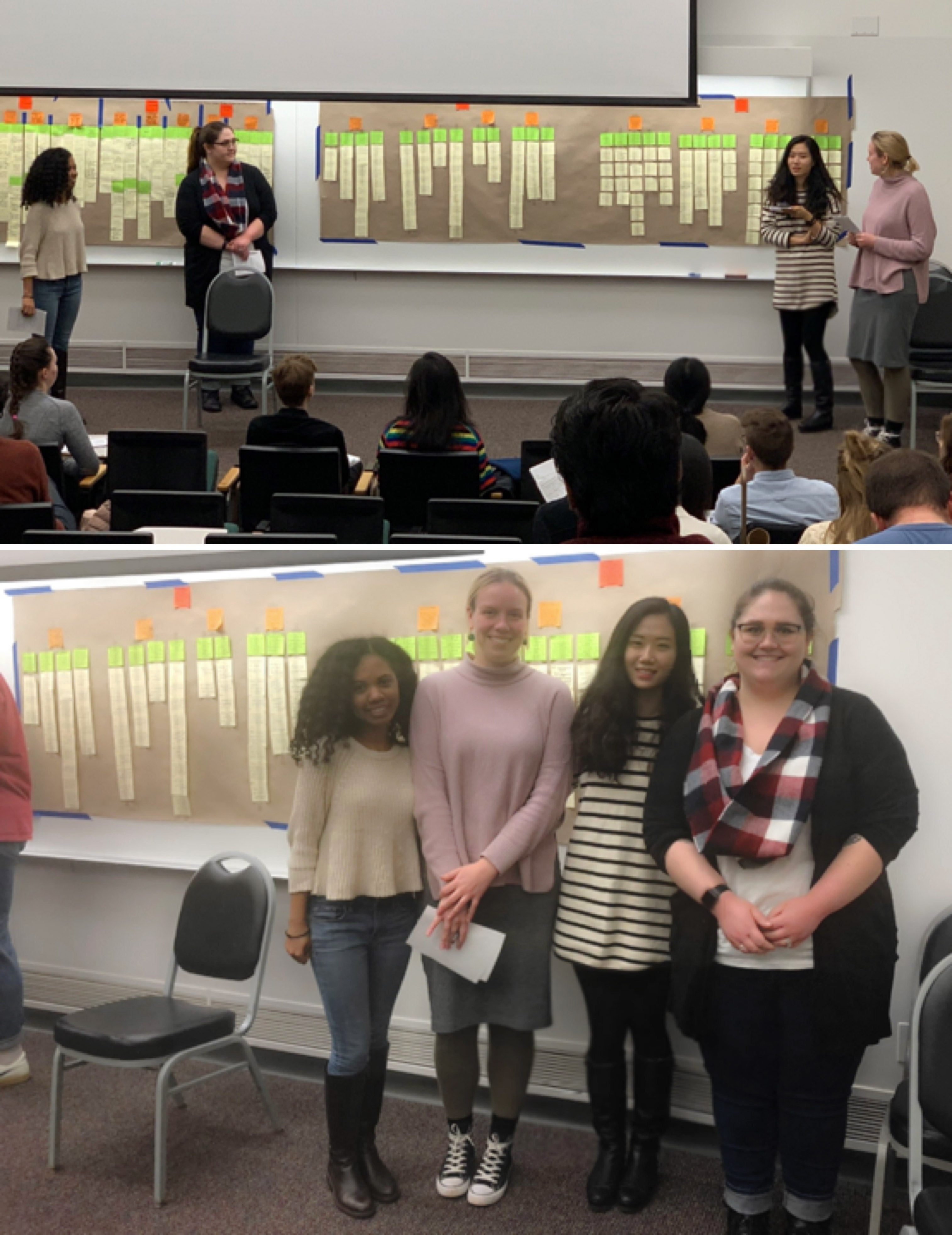Michigan Medicine UX Research
Suggesting recommendations to provide better
medical interpretation experience for client and patients
Type Team Project | Tayloir Thompson, Chloe Clark, Megan St Andrew, April Shin
Client Michigan Medicine
Role UX Designer/Researcher
Timespan Fall 2018 | SI 501: Contextual Inquiry and Consulting Foundations Coursework

The Challenge
As one of the most reputable medical institutions both inside and outside of the United States, Michigan medicine has constantly made substantial efforts to provide excellent patient care. As a part of its efforts, Michigan Medicine has provided interpreter services since before 1990 and currently has between 370 to over 2,000 request per month. However, the client is currently having difficulty in scheduling interpreters with patients
due to lack of an efficient booking system.
Through this course project, the client is looking for a better way to staff interpreters, and ideally seeks for staffing people on-demand. Our team, ACT*M, primarily utilized qualitative UX research methods trying to deliever the best solutions to our client.
Background Research
After our initial meeting, we conducted individual background research to better understand our client and medical interpreter service and staffing business as a whole.
There were three foci of my research:
1) What is Michigan Medicine Interpreter Service and what are its core missions and target populations?
2) What are the significances of medical interpreter service and why is ideal staffing in interpreter services
important to patients, service providers, and the client?
3) How is the leading institution providing efficient medical interpreter staffing service, and what are the key
takeaways in regard to the client’s current problems?
View full research report
Contextual Inquiry and Interviews
We conducted contextual inquiry and structured individual interviews. We conducted five interviews in total with interpreter service schedulers, interpreter supervisor, and interpreters. Each interview took an hour and we made annotated notes for every interview.
The key takeaway here was being able to better understand and empathize with interviewees as we were in their working context together. Before each meeting, we created comprehensive interview protocols asking tailored questions for each interviewees. While conducting interviews, we were sitting next to interviewees, observing every detail to gain better insights.
View interview protocol
Interpretation & Affinity Wall
We conducted interpretation sessions for every interview. During these sessions, each team member walked through their annotated notes with other members in details so we could synthesize all data, findings and insights together.
Based on our interpretation sessions, we created extensive affinity diagram. We met every week spending about four to six hours to categorize interview contents, quotes, and other contextual information. Going through iterative grouping affinity notes process allowed us to discover underlying problems of our client, which
later became the foundations of our recommendations.


Final Recommendation
Through the rigorous UX study conducted over the past four months, our team finally delivered our report to the client.
Key findings and recommendation summary is as follows:
Alternative Interpretation Methods:
While in-person interpretation services are often preferred by providers and interpreters, with over 2,000 requests per
month and limited resources, it is impossible to provide an interpreter for each patient appointment at Michigan
Medicine. As a result, alternative interpretation methods, such as remote telephonic or video interpreting must be
explored.
LEP Patient Focus:
While Interpreter Services exemplifies patient-focused values for LEP patients, training issues and other problems with clinics and hospitals makes it appear as if others in the health system are unaware of how to best care for LEP patients. As a result, the issue from lack of awareness of the importance of LEP patient’s care from all related parties should be addressed in a timely manner.
The MiChart System:
We found that inefficiencies in the Michart system often leads to overbooking or underbooking, leading to overall
inefficient staffing of interpreters as one of the root causes of Interpreter Services’ staffing problems. Because
Interpreter Services is able to make requests to MiChart for overall system changes, we identified multiple places for improvement and suggested recommendations in the current MiChart system.
View
full final report

View More Projects
